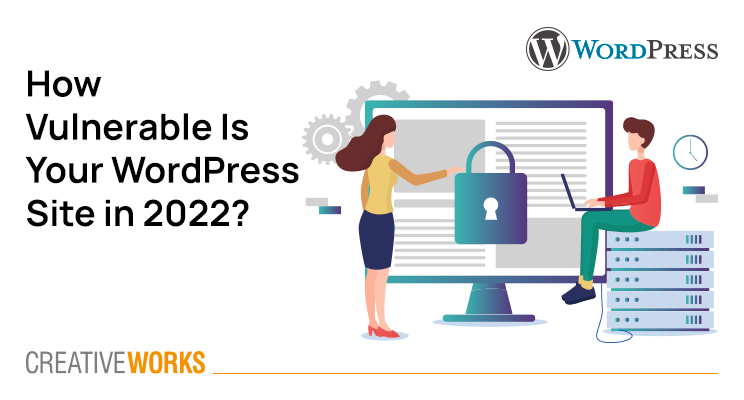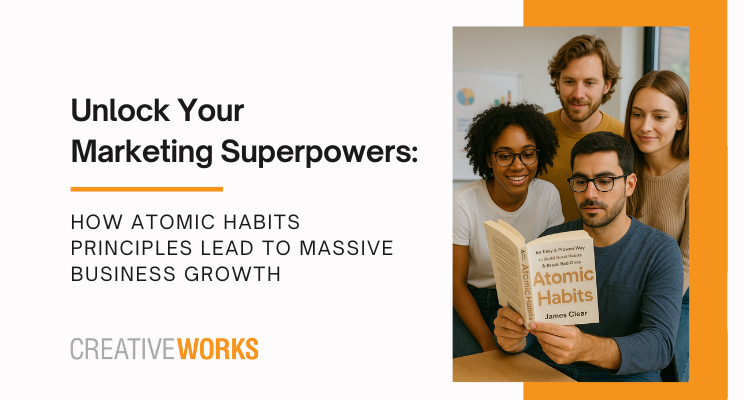How secure is WordPress? If you ask yourself this question often, you’ll be happy to know there are no intrinsic weaknesses in it. Also, some of the industry’s most devoted and talented engineers support WordPress, ensuring its security. Does that mean your site is 100% safe? No. According to Wordfence, there were almost 2,800 attacks per second targeting WordPress in 2020.
Without a doubt, WordPress is still the most used platform for website creation, and that unrivaled popularity makes it a frequent target for hackers worldwide. The good news is that hackers aren’t succeeding because of inherent weaknesses in the most recent WordPress core software. Instead, completely avoidable problems are the reason behind most website hacks.
So, why is WordPress vulnerable?
- Outdated plugins and themes: Despite the constant updates to address serious security issues, it’s easy for users to miss updates or disregard their importance. An outdated core WP software makes websites vulnerable, and users who don’t download an update leave themselves open to attack by hackers. And no, end users cannot blindly trust WordPress default security because all those different plugins and themes (meant to make website modifications a breeze) also provide openings for hackers to exploit.
- Weak login security: Insecure login information is a significant concern. Since it gives hackers access to your WordPress website, they can use bots to generate hundreds of username and password combinations to figure out your login information. And even if this “brute force” attack fails, this barrage of login attempts could slow down your server to a crawl and overload the system, producing a 503 error.
- Undefined User Roles: Six distinct user roles are available when creating a WordPress site, including Subscriber and Administrator. These roles have different permissions and restrictions that allow the user to take specific actions on the site. You should manage user permissions with an iron grip, and anybody in charge of adding users should follow a strict protocol when assigning roles, like adding the users with the fewest permissions first, followed by the rest.
- Low-quality (and shared) hosting environments: Hosting providers are at the core of a website’s security. There’s no denying that. Something else you shouldn’t overlook either is that hackers will always target hosting with limited protections. With this information at hand, it should be obvious why shared hosting can be problematic. Because of their nature, if an attack in a shared environment affects one website, then all other sites hosted there are likely to be impacted as well.
- PHP code vulnerabilities: Weaknesses in the PHP code of your WordPress website are the second most frequent security vulnerability that attackers might use against you after brute-force assaults. When a developer uses inadequate code to load external files, file inclusion attacks become commonplace, giving attackers access to your website. One of the most frequent ways an attacker can access your website’s wp-config.php file is through file inclusion exploits.
What can you do then?
While WordPress is not without security flaws, you can prevent most of these issues listed above by following standard best practices. You may reduce your exposure to attacks and keep your WordPress site secure by arming yourself with information. Updating your software often, adding a WordPress security plugin, and investing in reliable hosting are all necessary steps. But one of the greatest methods to secure your online presence, safeguard your organization, and win your clients’ confidence is to stay up-to-date with cybersecurity. Make that your mission.




